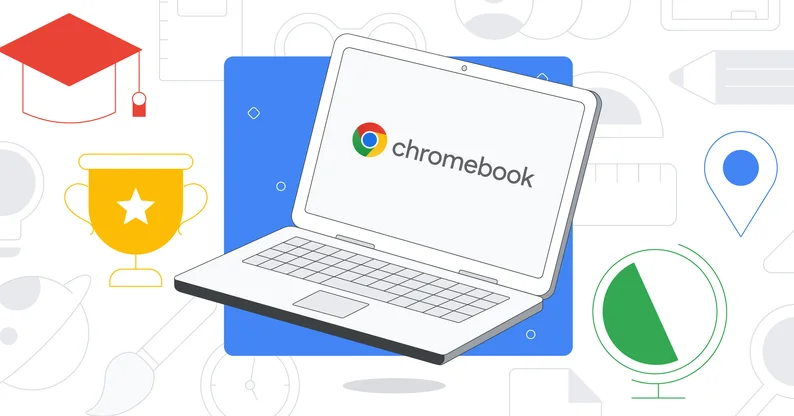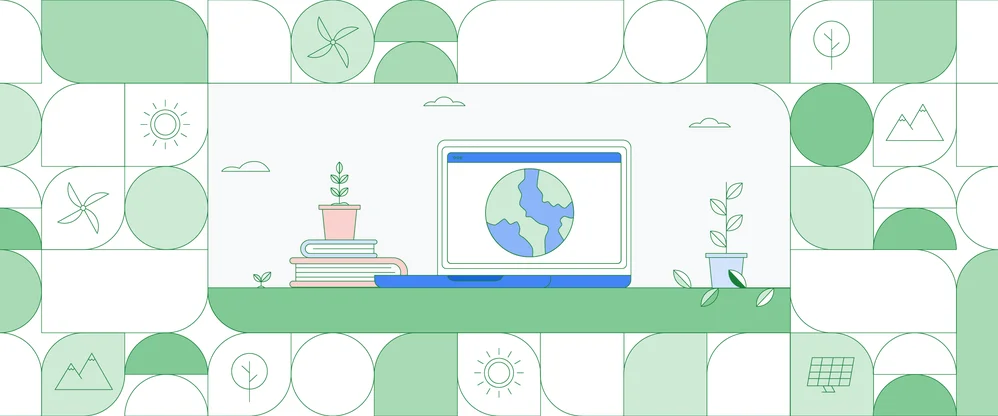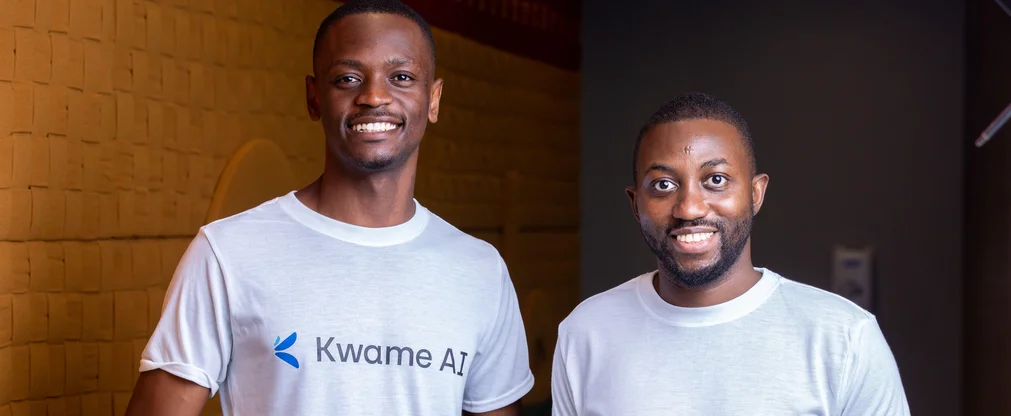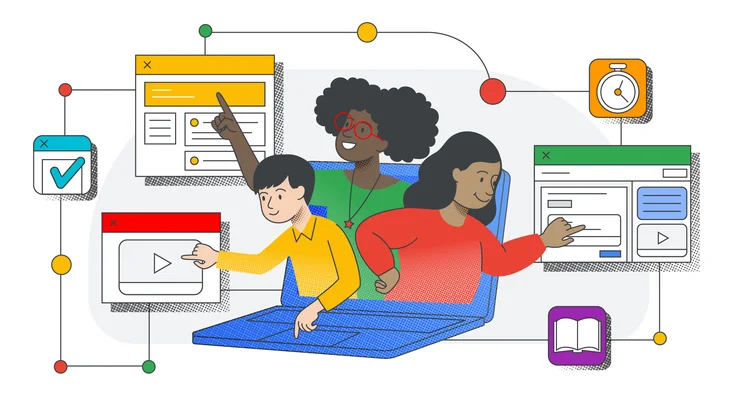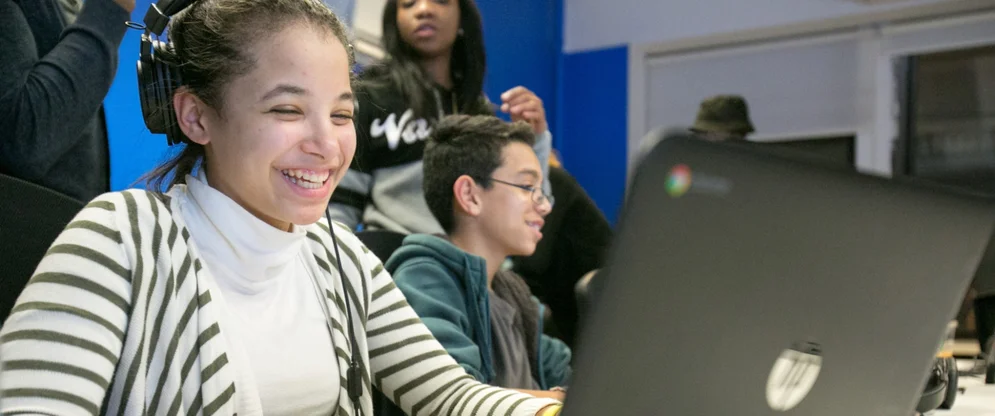Google Science Fair: Looking for the next generation of scientists and engineers to change the world
At age 16, Louis Braille invented an alphabet for the blind. When she was 13, Ada Lovelace became fascinated with math and went on to write the first computer program. And at 18, Alexander Graham Bell started experimenting with sound and went on to invent the telephone. Throughout history many great scientists developed their curiosity for science at an early age and went on to make groundbreaking discoveries that changed the way we live.
Today, we’re launching the third annual Google Science Fair in partnership with CERN, the LEGO Group, National Geographic and Scientific American to find the next generation of scientists and engineers. We’re inviting students ages 13-18 to participate in the largest online science competition and submit their ideas to change the world.

Google Science Fair 2013: It's your turn to change the world
For the past two years, thousands of students from more than 90 countries have submitted research projects that address some of the most challenging problems we face today. Previous winners tackled issues such as the early diagnosis of breast cancer, improving the experience of listening to music for people with hearing loss and cataloguing the ecosystem found in water. This year we hope to once again inspire scientific exploration among young people and receive even more entries for our third competition.
Here’s some key information for this year’s Science Fair:
- Students can enter the Science Fair in 13 languages.
- The deadline for submissions is April 30, 2013 at 11:59 pm PDT.
- In June, we’ll recognize 90 regional finalists (30 from the Americas, 30 from Asia Pacific and 30 from Europe/Middle East/Africa).
- Judges will then select the top 15 finalists, who will be flown to Google headquarters in Mountain View, Calif. for our live, final event on September 23, 2013.
- At the finals, a panel of distinguished international judges consisting of renowned scientists and tech innovators will select top winners in each age category (13-14, 15-16, 17-18). One will be selected as the Grand Prize winner.
Prizes for the 2013 Science Fair include a $50,000 scholarship from Google, a trip to the Galapagos with National Geographic Expeditions, experiences at CERN, Google or the LEGO Group and digital access to the Scientific American archives for the winner’s school for a year. Scientific American will also award a $50,000 Science in Action prize to one project that makes a practical difference by addressing a social, environmental or health issue. We’re also introducing two new prizes for 2013:
- In August, the public will have the opportunity to get to know our 15 finalists through a series of Google+ Hangouts on Air and will then vote for the Voter's Choice Award—an award selected by the public for the project with the greatest potential to change the world.
- We also recognize that behind every great student there’s often a great teacher and a supportive school, so this year we’ll award a $10,000 cash grant from Google and an exclusive Google+ Hangout with CERN to the Grand Prize winner’s school.
Lastly, we’ll also be hosting a series of Google+ Hangouts on Air. Taking place on Mondays, Wednesdays and Fridays, these Hangouts will feature renowned scientists including inventor Dean Kamen and oceanographic explorer Fabien Cousteau, showcase exclusive behind-the-scenes tours of cutting-edge labs and science facilities, and provide access to judges and the Google Science Fair team. We hope these Google+ Hangouts will help inspire, mentor and support students throughout the competition and beyond.
Visit www.googlesciencefair.com to get started now—your idea might just change the world.
Update July 30: Updated the name of the Voter's Choice Award (previously the Inspired Idea Award).
